As well as being one of London’s major transport hubs, the Elephant and Castle (or, more simply, the ‘Elephant’ as locals like to call it) is one of the capital’s more peculiarly named areas.
Thanks to its post-war jumble of tower blocks, roaring traffic and gloomy pedestrian subways, Elephant and Castle has become rather unloved over the years… which, when you consider the area’s long and fascinating history, is a sentiment nothing short of travesty.
*
Before the Elephant
Before acquiring its unique name, the land which would eventually become the Elephant and Castle was occupied by a village known as Newington which came under Walworth; a manor listed in the 1086 Domesday Book as being part of the Archbishop of Canterbury’s portfolio.
Today, the name of the early settlement lives on in two roads- Newington Causeway and Newington Butts which lie either side of the present day junction.
Many historians believe that ‘Butts’ is a reference to archery butts; a strip of land dedicated to practising bow and arrow firing.
During the Medieval era, such exercise grounds existed all over the kingdom thanks to a law drawn up in 1252 which stated all Englishmen between the ages of 15 and 60 were required to own a bow and to practice their shooting skills every Sunday!
*
The Elephant stomps in
The Elephant and Castle eponym evolved thanks to a tavern which established itself in the area (to this day, a pub by the same name operates on the junction’s northern roundabout).
Although the image of an elephant partnered with a castle was fairly common at the time, what the pub’s owner was precisely referring to when they named their boozer remains a mystery.
Perhaps it was an allusion to a heraldic symbol? Or an early chess piece?
Then again, the landlord may have been aligning the tavern with the Worshipful Company of Cutlers; the guild responsible for regulating the manufacture of weapons and cutlery who, for many years, incorporated ivory into the handles of their wares- hence their coat of arms bearing the Elephant and Castle icon:
Or perhaps the unusual name was a reference to the time when Louis IX of France presented King Henry III with an elephant as a gift; the donated jumbo being gladly received and placed in the Royal Menagerie which, in those days, was housed in the Tower of London.

A mid 13th century sketch of King Henry’s elephant, drawn by a monk called Matthew Paris (Image: University of Cambridge)
Sadly, this celebrated pachyderm somehow managed to wangle its trunk into a large rake of wine… an indulgence which evidently killed the sorry beast after three years spent in the tower.
At least it died happy…

*
A very early reference to the district’s now famous name can be found in Shakespeare’s comedy, Twelfth Night, penned circa 1601.
In the play, Antonio informs Sebastian that a good place to lodge for the night is “in the south suburbs, at the Elephant.”

William Shakespeare, one of the first writers to refer to the Elephant and Castle by its current name.
Although Twelfth Night is set nowhere near London (or even England), it is likely that Shakespeare slotted the name in as a cheeky local reference which most of the audience would have understood- the Bard’s Globe Theatre being situated just under a mile away from the area.
It is also possible that the allusion may have been included as an early form of advertising for the tavern, especially as it was within staggering distance of sinful Southwark’s playhouses and debauchery!
*
The area begins to boom
In 1760, a blacksmith’s workshop in the village was enlarged and converted into a tavern which adopted the Elephant and Castle title.
The newly established premises gradually developed into an important coaching inn, with traffic and trade boosted by the opening of nearby Westminster Bridge (in 1751) and Blackfriars Bridge (in 1769).
With London’s road network expanding around these two new and vital river crossings, the Elephant and Castle quickly became an important hub in the capital’s burgeoning transport network.
In 1861 and encouraged by the Elephant’s growing prominence, the Reformed Baptist church decided to build their main place of worship in the area- the Metropolitan Tabernacle.
As well as the growing importance of the Elephant and Castle, the Reformed Baptists also chose the location as it marks the approximate site where the ‘Southwark Martyrs’ (a group of Protestants executed during the reign of Mary I for their faith) were suffered the brutal fate of being burnt at the stake.
When it first opened, the Metropolitan Tabernacle had a congregation numbering over 5,000 people.
Despite being destroyed by fire in 1898 and Nazi bombs in 1941, the main front portico survived and remains a prominent Elephant and Castle landmark.
Rebuilt in 1957, the interior now hosts religious sermons which are broadcast on Sky Television every Saturday afternoon.
*
The role of Elephant and Castle as a major transport hub developed even further with the arrival of the railways (in 1863) and the Underground in 1904- with the Bakerloo line making the Elephant their southern terminal.
The Elephant also became a vital cog in London’s sprawling tram network.
Thanks to its multitude of transport links, Elephant and Castle grew into a major shopping and entertainment destination during the early 20th century, earning it the nickname; the ‘Piccadilly of South London.’
A short, moving film from the early 1950s entitled ‘The Elephant Will Never Forget‘ which details the end of tram services in London can be viewed below:
*
Glamour at the Elephant
Two of the most popular destinations in the Elephant’s glitzy heyday were the large department store, William Tarn and Co, and the mighty Trocadero cinema.
Opened in 1930, the Trocadero (which stood on the present site of the modern Elephant and Castle pub), was a glorious picture-house, capable of seating 3,000 movie-goers.
It also boasted Europe’s largest Wurlitzer organ.
In 1932, the Trocadero was joined by a second cinema; the Coronet; an art-deco 2,000 seater picture house which opened up on the opposite side of the road after being converted from the Victorian built, Theatre Royal.
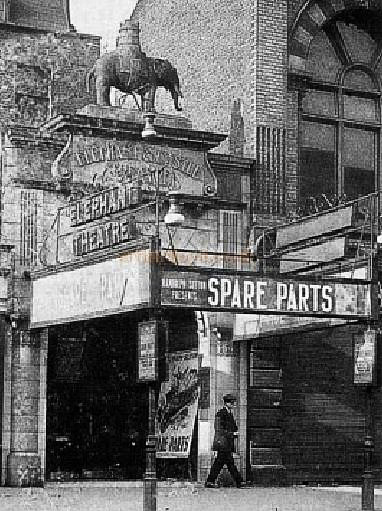
The Theatre Royal (aka the Elephant Theatre), originally built in 1882 which later went onto become the Coronet cinema. (Photo: The Coronet website)
The theatre (known then as the ‘Elephant Theatre’) can be seen in the following 1920s clip, London at Night, filmed a few years before its conversion to a cinema:
Despite the glitz, the Elephant was still home to many of London’s impoverished, including a large number of down and outs, footage of whom was also included in London at Night:
Although the Elephant’s colossal Trocadero has long since vanished, the Coronet is still going strong, now employed as a venue for many varied events ranging from club nights to boxing.
*
A very famous resident
Despite being no longer able to provide an evening out at the pictures, Elephant and Castle is now home to The Cinema Museum which can be found on Dugard Way.
Although discreet (at present, if you wish to visit, a tour must be booked), this museum maintains a vast collection of historical cinematic artefacts ranging from the 1890s to the present day; everything from usher’s uniforms and vintage cinema fittings, to publicity shots and rare celluloid reels.
The Cinema Museum is housed within a rather extraordinary building… it was once the administration block for Lambeth’s former Victorian Workhouse.
In the late 1890s, one of the many poor Londoners to spend time within this depressing institution was a young child called Charles Spencer Chaplin.
A few years later, and under the more informal version of his name, this former young workhouse inmate would go onto become the world’s first movie superstar… Charlie Chaplin.
Charlie was very much a local lad, born less than half a mile away from the Elephant on East Street which, to this day, is still home to a popular market.
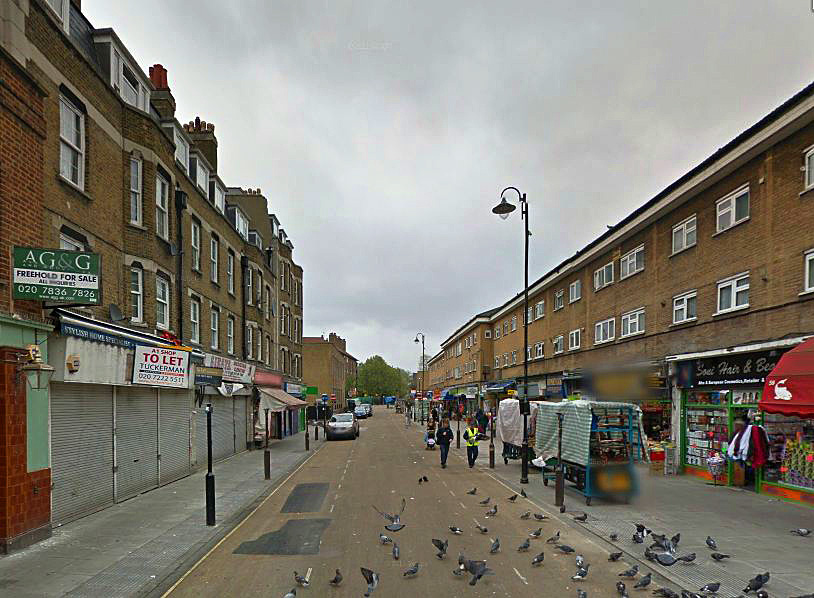
A quiet East Street today, the road which saw the birth of Charlie Chaplin in 1889. (Image: Google Street View)
Growing up in South London, Charlie’s childhood was defined by crushing poverty.
Along with a chronic lack of cash, his mother, Hannah Chaplin, also suffered from poor mental health; a condition which led to her spending time in the Bedlam Lunatic Asylum.
Today, you can still visit the hospital in which Charlie’s mother was incarcerated… it is now the Imperial War Museum, a short walk away from the heart of Elephant and Castle.
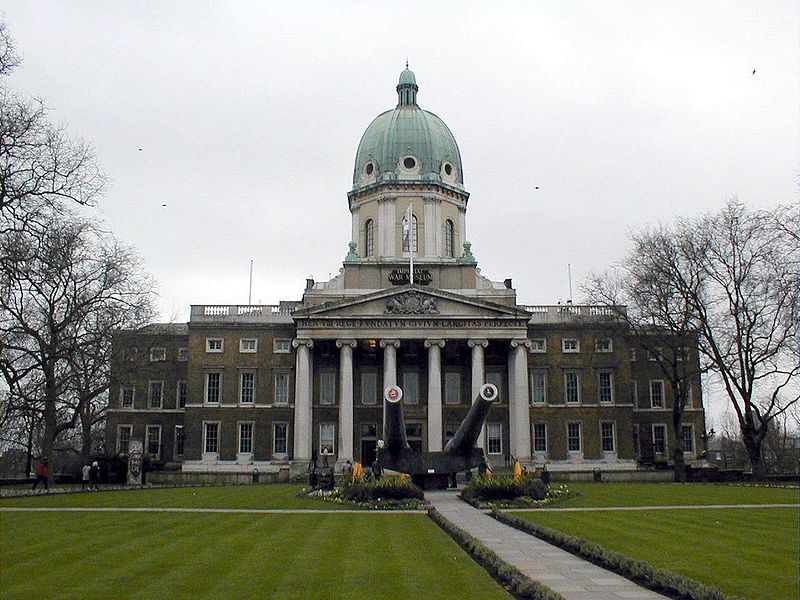
The Imperial War Museum, Lambeth- the former Bedlam mental asylum where Charlie Chaplin’s mother was interned (image: Wikipedia)
Charlie Chaplin’s childhood experiences of growing up in the area would later influence his famous film work which was characterized by a mixture of working-class humour and heart-breaking pathos, with those in authority often portrayed as bullying jobsworths.
This influence is well demonstrated in his 1921 masterpiece, The Kid.
In this feature length silent film, Charlie’s ‘Little Tramp’ has raised an abandoned child from infanthood, the pair very much becoming father and son.
However, when the authorities discover the pair living in hardship , they see fit to cart the child away…
Although filmed in Los Angeles, the following famous sequence contains profound and deeply moving echoes of Chaplin’s south London childhood, especially the desperation he would have experienced whilst being forcefully parted from his mother at the gates of Lambeth workhouse.




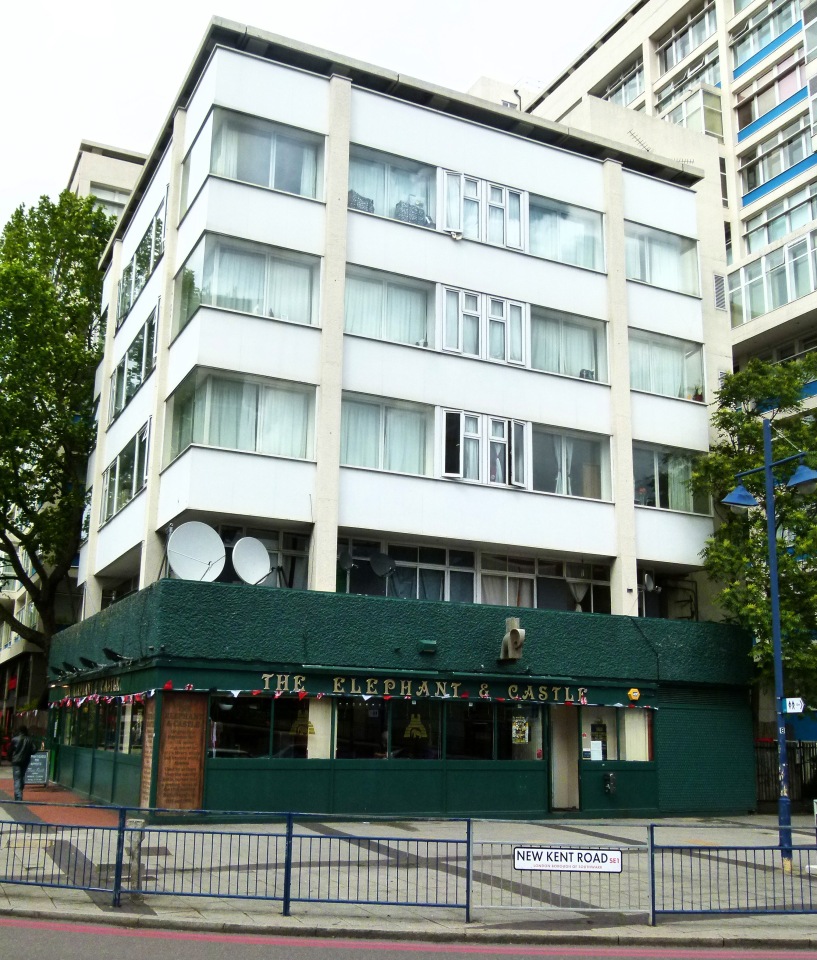
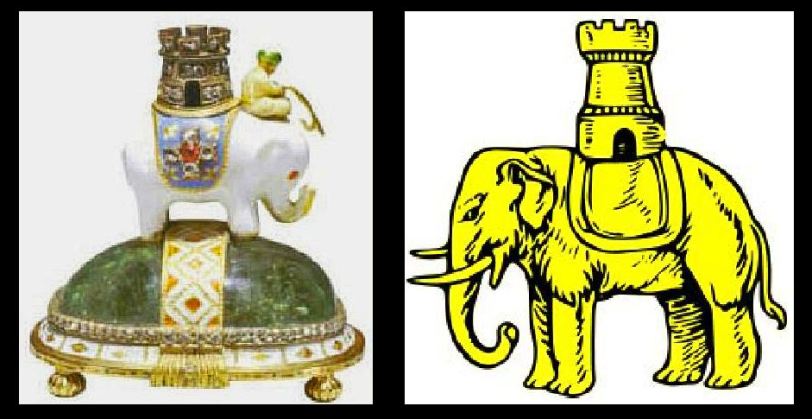


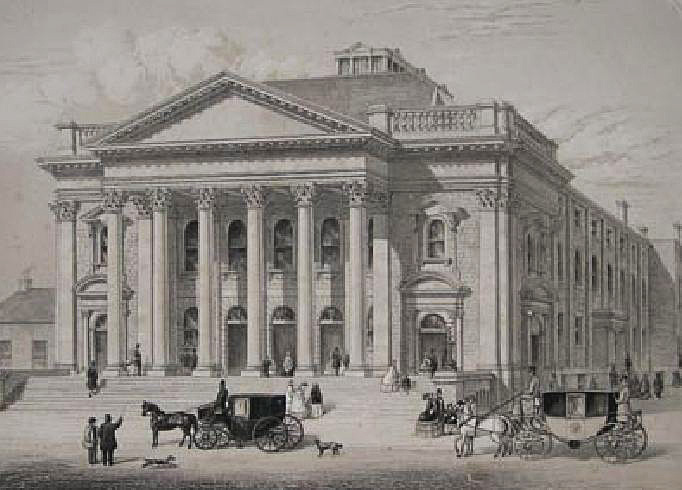


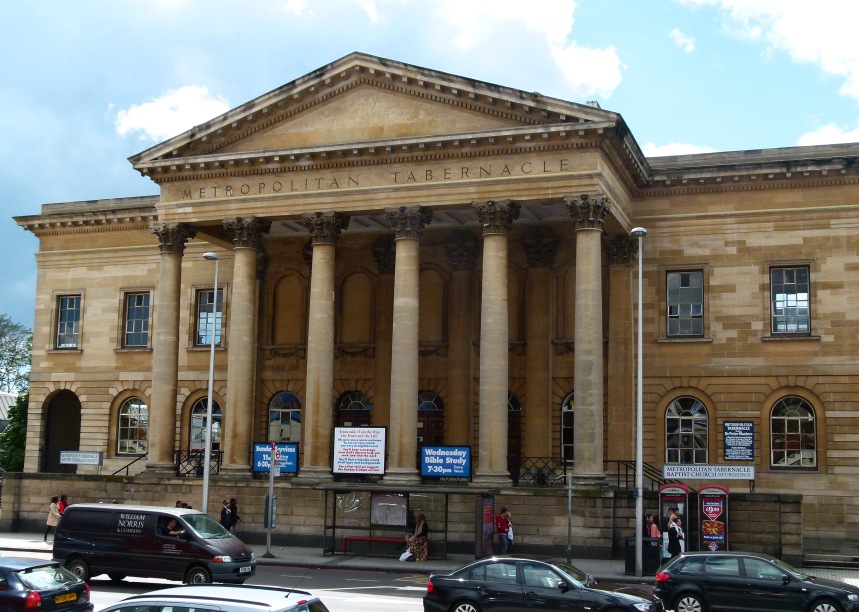
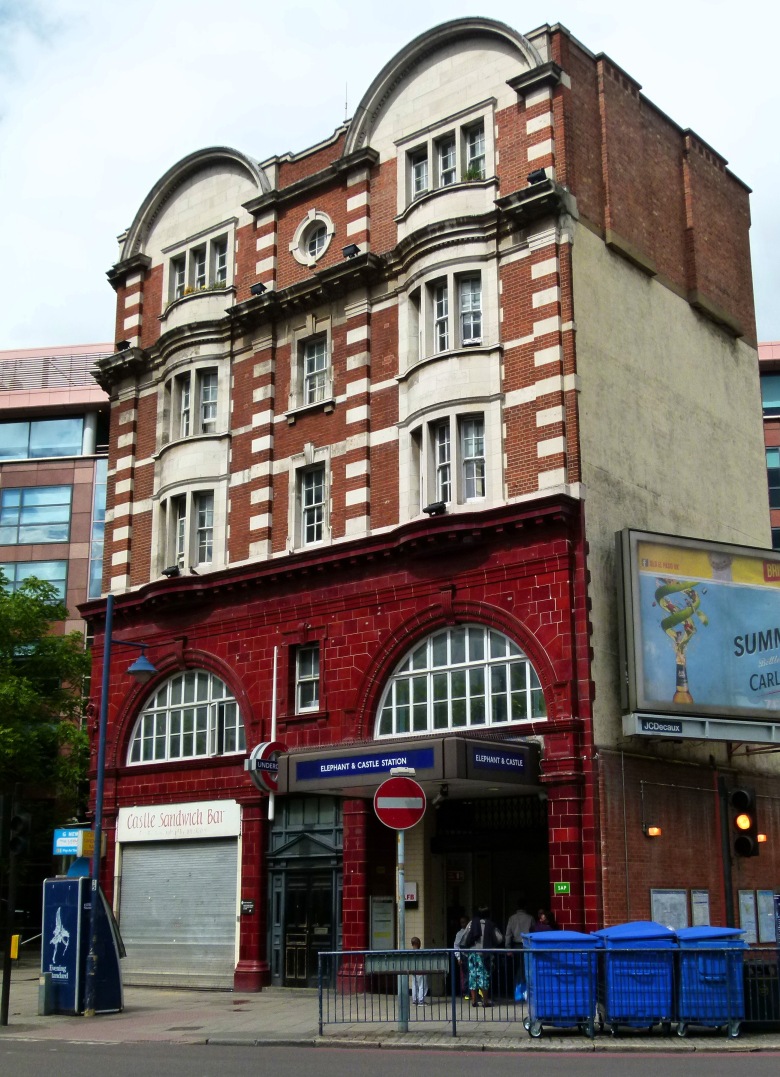

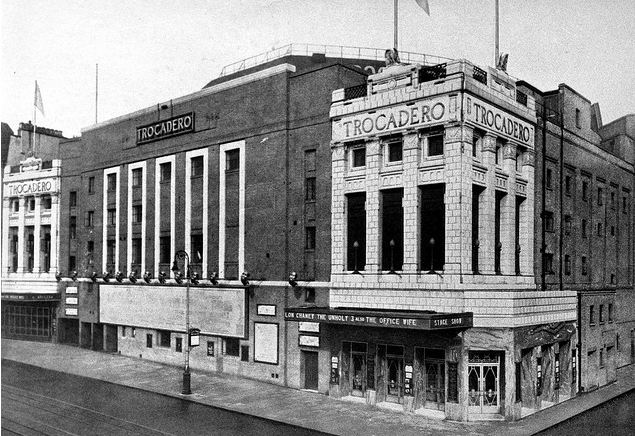
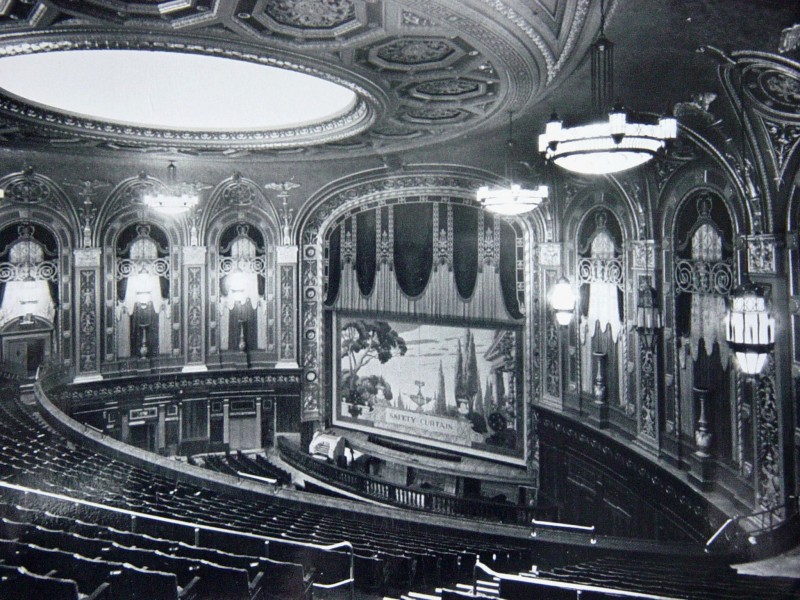










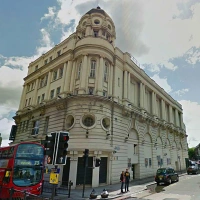
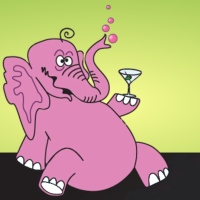
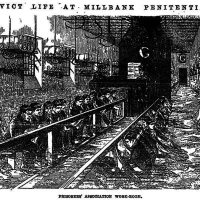


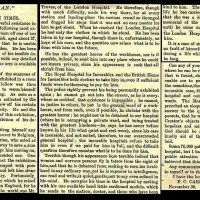
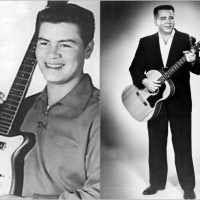
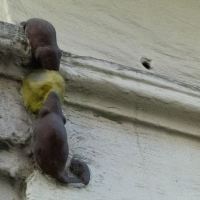

This was my favouite post ever. I loved it. Well done!
Thank you so much, Rose. How are you plans to move to London coming along? You’ll be able to visit the Cinema Museum when you arrive 😉
I would like to arrive in London by autumn 2013. At the absolute latest, February 2014. Right now, my plans are moving along well. The immigration minister has not made any funny backhanded moves lately, and if things remain the way they are, I will be reunited with my beloved city soon. Cinema museum will be added to my list today 🙂
Good luck, Rose. I’m sure the time will pass very quickly and you’ll be here before you know it 🙂
Brilliant as always Robert! That blasted Razor building is the first thing I spotted in the second image. Hands down the ugliest building in London IMHO, soon to be knocked off the top by the Walkie Talkie. Ah well, progress.
Many thanks, Melissa 🙂 In part two I’ll be looking at the Elephant and Castle’s more recent architecture…
[…] To read part one of this history, please click here […]
When I was a London tour guide, the story about how the area got the name Elephant and Castle was connected to Queen Eleanor of Castille, daughter of Henry II, but I’ve since found that there’s no connection at all. But there was a programme on telly a couple of years ago that did shed some light on it. It turns out that the symbol of the elephant and castle was used to symbolise the union of blacksmiths in England. This is how the tavern adopted the name of Elephant and Castle.
Yes I always thought it was named after the Infanta de Castille.
[…] For more about post-war Elephant and Castle check out my colleague’s View from the Mirror. […]
[…] For more about post-war Elephant and Castle check out my colleague’s View from the Mirror. […]
Reblogged this on clementsgeoff and commented:
What history there is to be found in London if one looks for it.
What a fascinating post. Thank-you!
Thanks, Stephen 🙂
Hi! I have been wanting to know what the story behind Elephant and Castle’s name was for a while now, but this blog gave me so much more than I expected!
I love this blog! Where do you get all this information? It does not come fron The Knowledge, does it? Otherwise I will be soon studying to become a cabbie… 🙂
Thanks, Lucia that’s really kind of you.
When you study the Knowledge, you do pick up quite a lot of info on London’s history! If you find it interesting, you just take it from there. Quite a few London cabbies go on to train as tour guides thanks to the love of history which they develop.
Thanks for this site, I’m always trying to find out more about my neighbourhood, I find it fascinating. I’d love to get hold of an old map of the area.
Thanks, David. If you google ‘old London maps’, you’ll find a selection of sites which have maps of London. Some are large enough to depict the Elephant and Castle area.
Hi, David, a very intresting site that has brought back quite a few memories.
My father was the master builder on the shopping centre and tower, and I remember going on the roof (the view was fantastic) in the early sixties with him for a progress meeting, I was 6 or 7 and met the architect who was very tall, I now believe he was Goldfinger, he bought me an ice cream, later we went for lunch to a pie counter in a hole in the wall, which i found again in 1999, it was in Borough Market. Fiftry years have gone by and my dad has long since passed away.
Best wishes to you
Terry
Hi Terry,
Thanks for the lovely comment. I always enjoy hearing from people who have a close connection with the places I write about and see on a regular basis.
I met someone recently whose father also worked with Goldfinger and subsequently met him in their young age. They said he was a lovely fellow and a true gentleman. Hearing that he bought you an ice cream enforces my belief that he was a soft-hearted chap deep down!
You must be very proud of your father; he is one of those admirable people who’ve played their part in forging London.
Thanks again.
-Robert
i loved it but i dont get how charlie chaplin grew up in east street market
Hi Duke,
Thanks for the comment. Charlie Chaplin was born on East Street which is still famous for its market today. You can see a blue plaque recording this association at the junction with Walworth Road.
The main house associated with his childhood is on Cleaver Street, Kennington just south of the Elephant and Castle.
See logo of Royal African Company 1660 . This logo could have been adopted by one of the returning soldiers setting up a tavern after services in Africa . It also appears on guinea coins from 1660 as a type of hallmark.
That’s really interesting, Sapper. Many thanks.
My convict ancestor, Matthew Lock(e), was found guilty of theft and transported to Australia for 7 years. His court documents mention him collecting his ‘boxes’ from the ‘Elephant and Castle’ at Newington. He did well in Hawkesbury area, Sydney but never saw his country again. He married my other convict, Eupham “Elizabeth” Graham (7 years Perth court) and had children. Matthew even became a Police constable. How’s that.
That’s an incredible history, Scott thanks so much for sharing.
[…] to Fleet Street and then Farringdon Road across Blackfriars Bridge, along Blackfriars Bridge Road to Elephant & Castle station on London Road, then to Tower Bridge Road and to my son’s flat. Dinner followed at a […]
[…] districts. An important staging post since the Roman times, the area was even known as the ‘Picadilly of the South’ between the 1890s and 1940, as wealthy residents enjoyed the latest entertainment, and new shopping […]
[…] and many different kinds of creative works. Between the distinct history and urban buzz around Elephant & Castle, it will be a very different place to work than the idyllic gardens surrounding Regent’s […]
[…] into the fantastical and eye-winkingly comical land of London Below, complete with black friars and elephants within castles, and where Richard, looking for an exit back to his terribly-mundane and beautifully-predictable […]
[…] Elephant & Castle has been a major road junction in the capital since Roman times. […]
[…] The very first show they played was on the 1st of that month and took place at the former Trocadero Cinema which was located on the New Kent Road, Elephant and Castle. […]
I love your post! I had the great opportunity to live for a week in this awesome area – somewhere on Fontenoy Road – in September this year and I saw all the streets, roads and lanes and visited many places there. I love London! It is a great city, full of amazing history. I would like to come and visit London again some time in the near future. I have always dreamed to visit London and if possible Great Britain, as well. My dream has come true but I am sure I will not stop here because I feel fully connected to this country.
Thank you so much for the kind comments Teia, hope you make it back to London soon 🙂
I have just come across this blog. Absolutely great. I was born and lived in Elliotts Row off St Georges Rd from 1944 until I moved in late sixties. As a youngster we were always playing “Outs” around the Elephant . Annoying the subway keeper. On one occasion we were going to rob the local post office. I went home crying when my mate hit me with his toy gun over the head. Also I can see in one of the pictures the side entrance to the Troc where we bunked in.
Many happy memories
Charlie Chaplin’s birth was never registered. His biography makes claim to him living in West Square, where he lived with his mother at number 39, the home of an actor colleague. It is often stated he was born in East Street but which one? There is a road leading off West Square called Orient Street, at the time of Chaplin’s birth in 1889 this was called East Street. Chaplin was a resident with his mother of Lambeth Workhouse which is approx 100 yards from West Square. There is a blue plaque on a house in Kennington Road, Lambeth where Chaplin again lived with his mother prior to her mental breakdown. Was Chaplin born in East Street, Southwark or East Street, Lambeth? We shall never know.